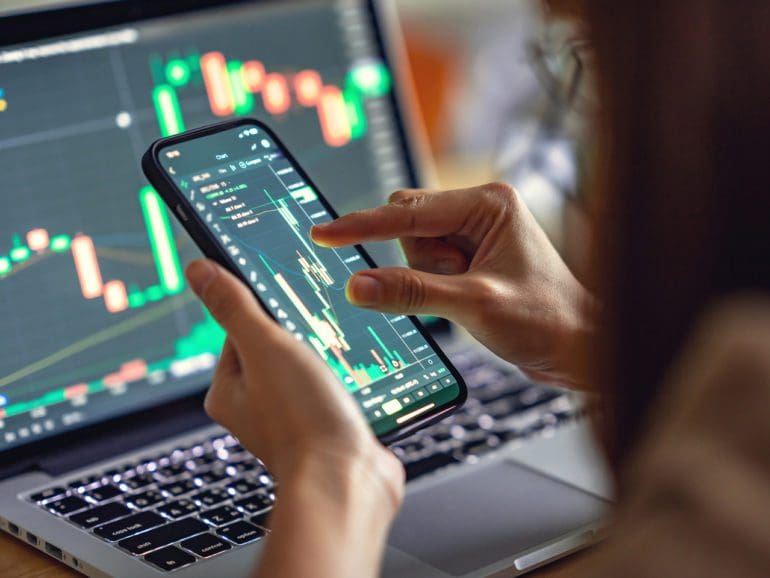Mounting cryptocurrency adoption in Latin America is drawing investment capital into the region, signifying that growing interest among its citizens is leading to attractive opportunities for both businesses and investors.
In a solid year for financial technology investments, flows to cryptocurrency firms in Latin America spiked tenfold from just $68 million in 2020 to over $650 million as of last year, according to industry data collected by the Association for Private Capital Investment in Latin America, or Lavca.
More extensive flows into the sector come as private capital funding to Latin America expanded rapidly last year, reaching $15.7 billion in VC funding. Some $6.1 billion were deployed to companies in the financial technology space or fintech.
The largest recipient of those funds was a newly minted financial technology unicorn, Mercado Bitcoin, a leading regional crypto exchange from Brazil that saw its business jump by 530% last year to trade some 40 billion reais in crypto during the previous year.
The company tapped more than $250 million in funding last year in a series of rounds that saw Japanese SoftBank’s Latin American fund as an active investor. In 2022, e-commerce giant Mercado Libre announced it had acquired a stake in the firm as part of its blockchain-based portfolio.
Media reports suggest Coinbase is close to acquiring Mercado Bitcoin’s parent company, 2TM.
Sector boils over
“Last year was like an uncovering of the pot for the crypto sector,” Manuel Beaudroit, CEO of Belo, said. “Latin America is beginning to be seen as one of the places where, even though still small in terms of capital, very interesting applications are being developed.”

In the region, usage of cryptocurrencies such as Bitcoin or Ether exceeds that of an investment. Citizens lean on crypto-assets to do international transfers, pay for specific goods or services, or hedge their savings against battered local currencies or rusting inflation.
“In Latin America, unlike other world regions, crypto plays a role beyond the speculative,” Beaudroit said. “They are used to send remittances, collect payments internationally, or as an alternative to local fiduciary currencies. These are real use cases of this technology with a concrete impact on people’s lives and not a mere speculative asset.”
For local specialists, unstable economic conditions in most regional countries provide an opportunity for the technology, and the companies who support it, to thrive in terms of adoption.
“We live in a region that suffers daily scourges such as high inflation, devaluations, high transaction costs, insecurity, and lack of easily accessible savings and investment tools,” Matías Alberti, Argentina country manager at Buenbit exchange, said. “Cryptocurrencies —particularly stablecoins— and the world of decentralized finance (DeFi) contain very powerful response elements to each of these problems.”
Underbanked need access
Belo’s Beaudroit expects interest from venture capitalists to grow even further this 2022. He claims that in a region highly underbanked, the technology behind crypto has much space to run to fill the gap. If adoption rates continue to increase, he claims that there “will be a boom in Latin America, considering the number of people yet underbanked and that will be able to access the products that we are building today.”
“The ecosystem will continue to grow faster than it has in the last two years,” Alberti said. “We see a trend not only at the retail level but also at the institutional level of crypto adoption that is irreversible. Regardless of the volatility, the level of development of projects and improvements is incredible.”


